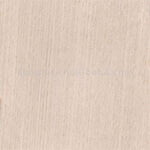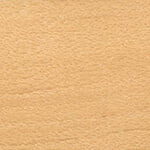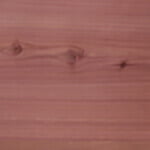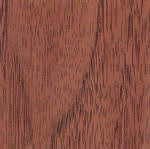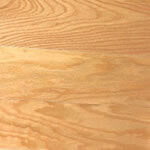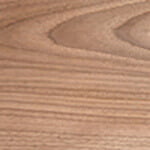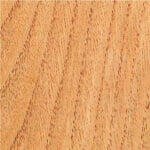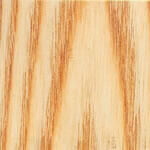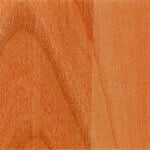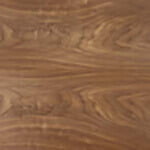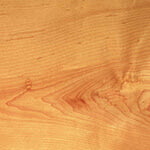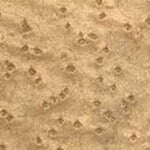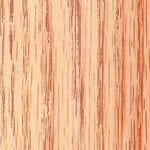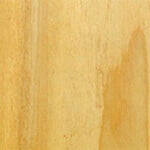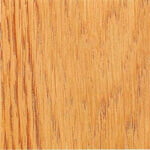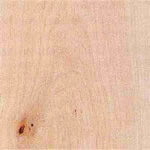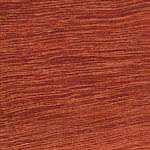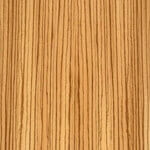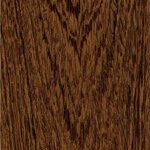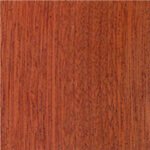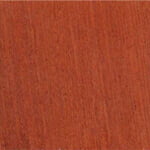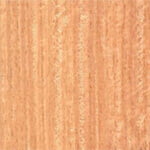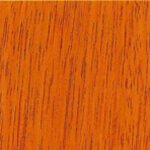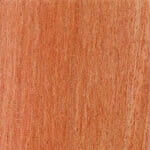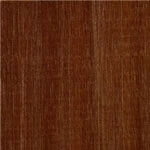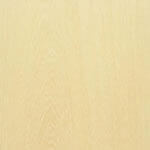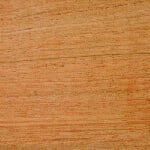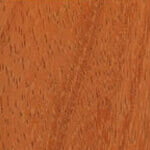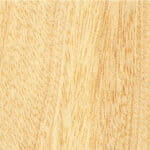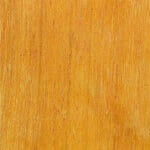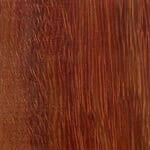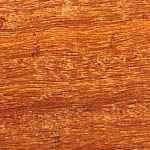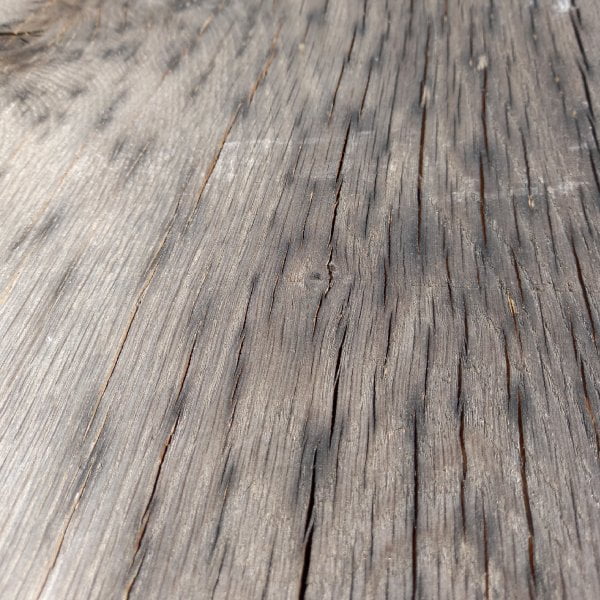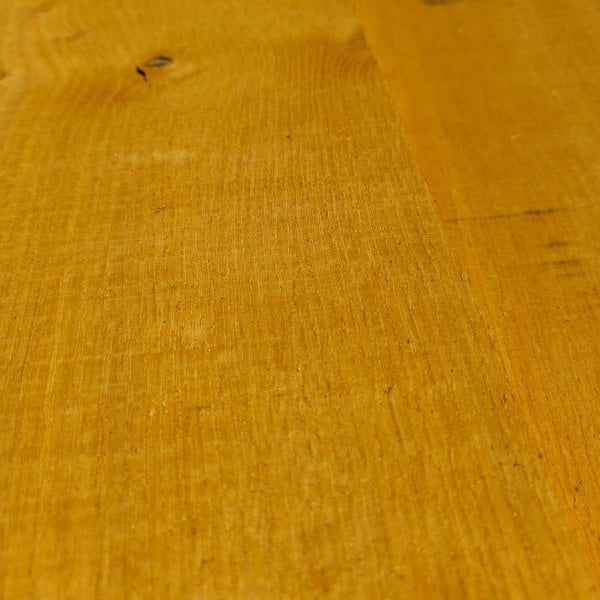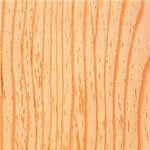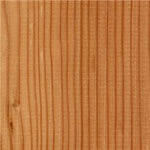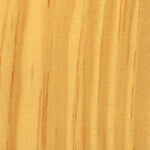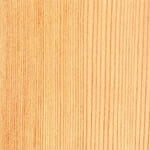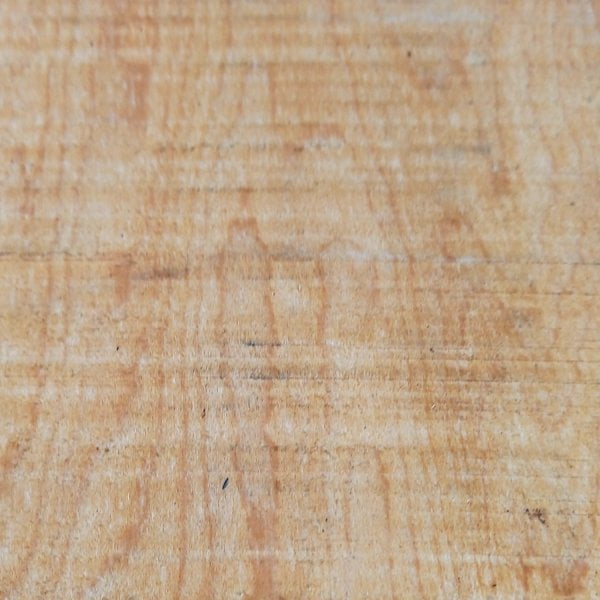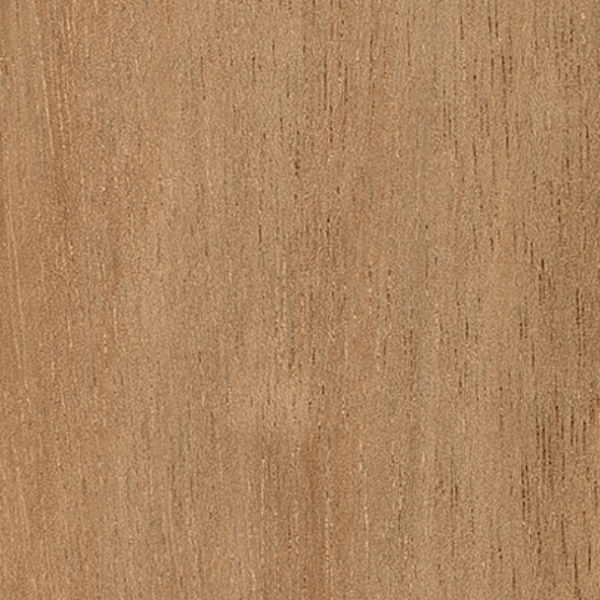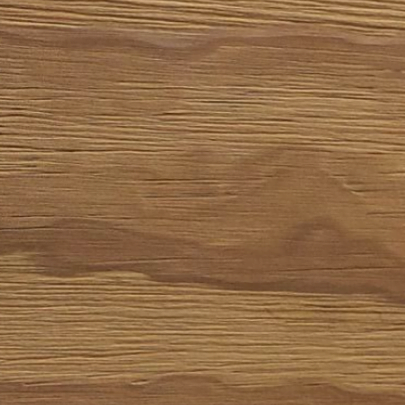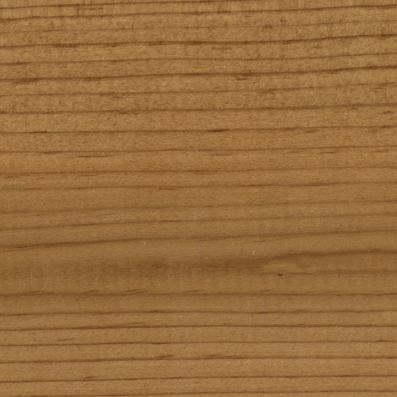Filters
-

American Ash
Greyish-brown in colour and slightly darker than the other species. This timber which remains consistently popular. Generally straight grained and coarse but even textured. weighs 670 kg/m³ (35 lb/ft³); specific gravity is .56.
-

American Birds Eye Maple
Birds eye maple is strong, heavy, hard, and fine textured. The heartwood is light reddish-brown with deeper-coloured late-wood bands. The sapwood is white in colour, and furnishes the white maple prized for certain uses. It differs mainly from the soft maples in its greater density and firmer texture. It has a distinctive pattern that resembles tiny, swirling eyes disrupting the smooth lines of grain.
-

American Hard Rock Maple
Hard maple is strong, heavy, hard, straight-grained and fine textured. The heartwood is light reddish-brown with deeper-coloured late-wood bands. The sapwood is white in colour, and furnishes the white maple prized for certain uses. It differs mainly from the soft maples in its greater density and firmer texture.
-

American Red Oak
Red Oak's heartwood resembles other oaks with a biscuit to pink colour, but has a reddish tinge. Mostly straight grained and coarse textured, with a less attractive figure than white oak due to smaller rays. Southern red oak has a more rapid growth than northern red oak and is harder, heavier and coarser textured. Weight about 770 kg/m³ (48 lb/ft³); specific gravity .77.
-

American Tulipwood (Poplar Wood)
Also known as Poplar wood, Tulipwood's sapwood is white, and in second-growth trees, very wide; the heartwood is variable in colour, ranging from olive green to yellow or brown, and may be streaked with steel-blue. The annual growth terminates in a white band of parenchyma giving a subdued figure to longitudinal surfaces. Tulipwood timber is straight-grained. fine-textured, fairly soft and light in weight about 510 kg/m³ when dried.
Advantages of American Poplar Timber
There are a number of advantages to choosing American poplar timber (tulipwood) depending on the nature of your project:- Poplar timber prices are generally quite low, making it a cost-effective resource compared to many other materials
- Poplar lumber is also regarded as one of the most efficient building resources due to its remarkable strength and straight grain compared to its low cost
- The light weight of tulipwood timber allows for easier installations
- Tulipwood boards are also ideal for profiling and moulding, making them even more flexible and workable
-

American White Oak
White Oak varies in colour from pale yellow-brown to biscuit with a pinkish tint, similar to European oak. Straight grain, with the characteristic silver grain on quartered material. Appalachian oak is slow grown producing light weight, mild wood, but southern states produce fast grown oak with wide growth rings, and a harder, tougher timber. Medium to coarse textured. Weight averages 760 kg/m³ (47 lb/ft³); specific gravity .76.
-

European Lime
A subtle shade of yellow-white in colour European lime wood is straight-grained and useful for a variety of applications that do not require significant strength. Lime timber has a fine, firm and close texture and is a very easily worked wood that does not split. Weight averages 540 kg/m³ (34 lb/ft³)For more information or to buy lime wood from Whitmore’s Timber, please contact our knowledgeable team.
-

European Oak
European Oak's heartwood is light tan to biscuit coloured, usually straight-grained, but irregular or cross-grained material can occur depending on growth conditions. Characteristic silver grain figure on quartered surfaces due to broad rays. British and Baltic oaks are tough and hard, weighing 720 kg/m³ (45 lb/ft³), but the Volhynian oak of south east Poland, and even milder oak from Yugoslavia known as Slavonian oak weights 670 kg/m³ (42 lb/ft³); specific gravity from .67 to .72 according to type.
-

European Sycamore
European Sycamore is a temperate hardwood that is creamy in colour. With sycamore wood there is no colour difference between the sapwood and it’s heartwood. Sycamore timber is white, or yellowish-white when freshly cut, with a natural lustre especially noticeable on quarter-sawn surfaces. Sycamore is generally straight grained but may be curvy or wavy grained, and the texture is fine. The average weight is 630 kg/m³ when dried. It is also one of the hardest and strongest pines in existence making it resistant to wear and decay.
-

Sweet Chestnut
Sweet Chestnut's sapwood is narrow, distinct from the heartwood which is yellowish-brown in colour, closely resembling oak in appearance, but lacking the silver-grain figure characteristic of that timber, resulting from the finer rays. European Sweet Chestnut is a stable, straight grained and hard-wearing timber species (when the sapwood is excluded).The grain may be straight, but is more commonly spiral, particularly in timber from old trees, while logs are liable to cup and ring-shake. It weighs about 560 kg/m³ when dried. On account of its somewhat acidic character chestnut tends to accelerate the corrosion of metals, particularly when moist. It also contains tannin, as a result of which blue-black discolourations are prone to appear on the wood when it comes into contact with iron or iron compounds.
-

White Beech
European Beech's heartwood is very pale pink-brown. It is common practice on the continent to steam the timber which turns it to a reddish-brown tone. Some logs have a dark red kern or darker veining. Beech has a straight grain and fine, even texture with a knot-free appearance. Derived from European trees, White Beech has a good all-round strength equivalent to oak but has superior bending properties and stiffness.Average weight 720 kg/m³ (45 lb/ft³); specific gravity .72.
